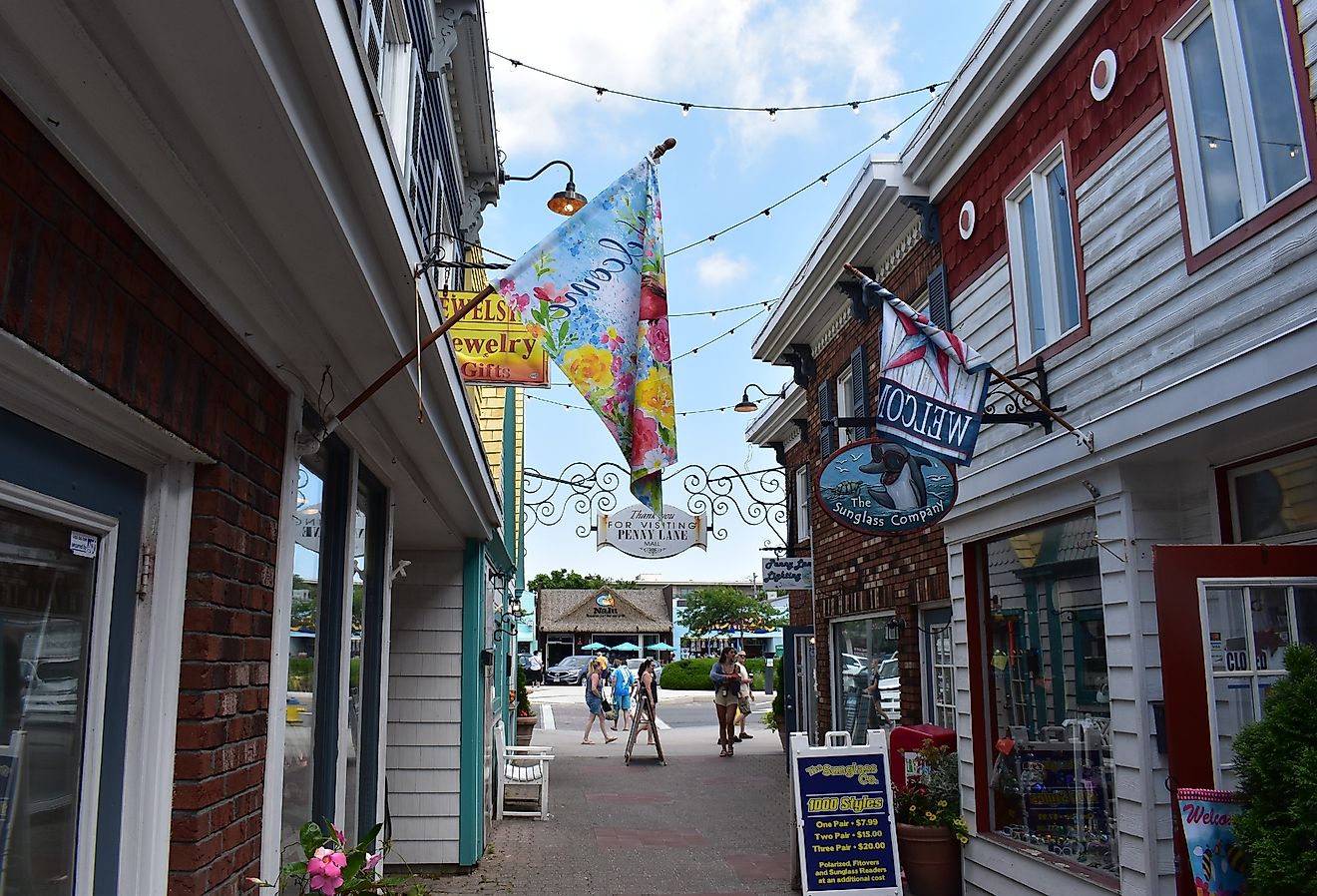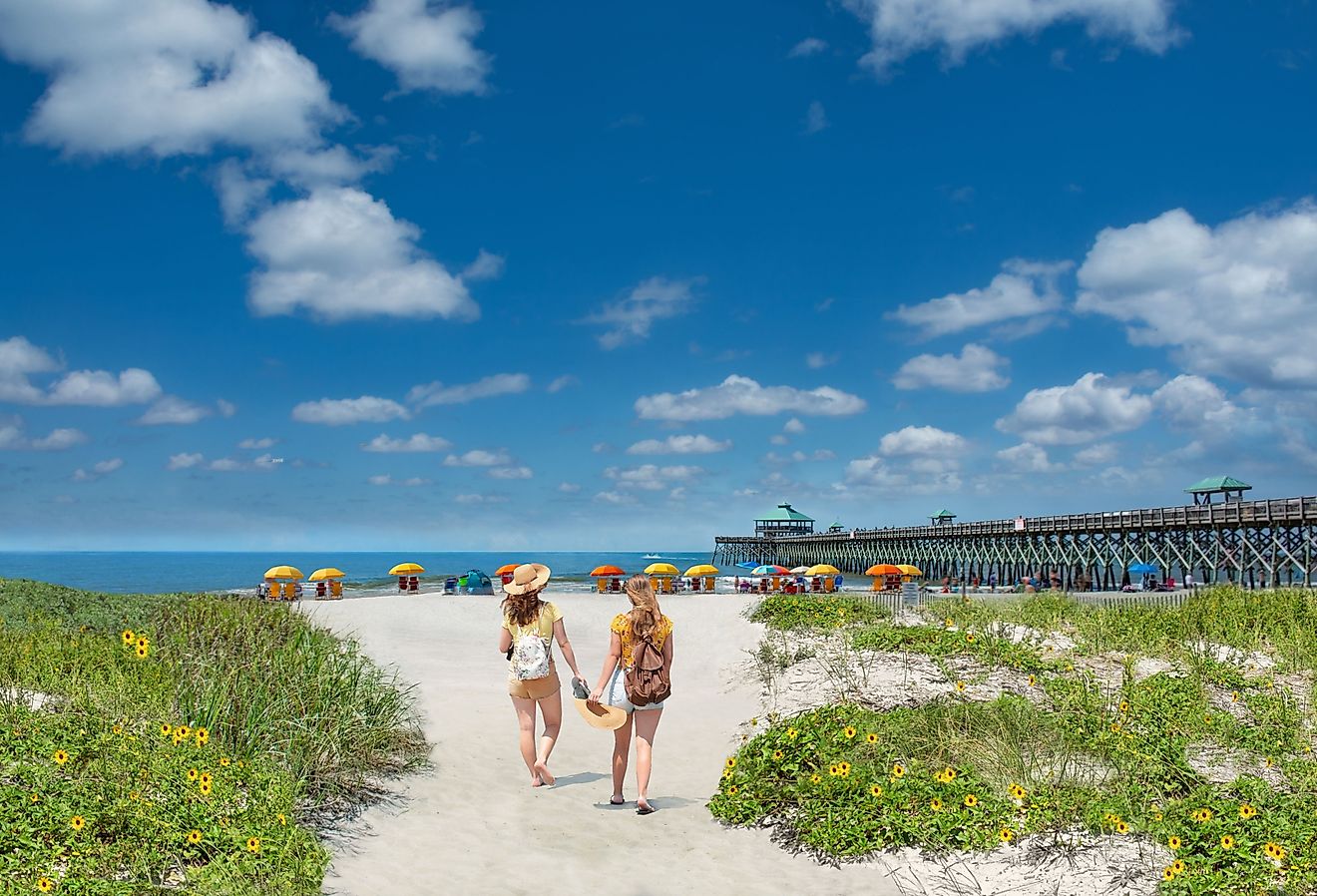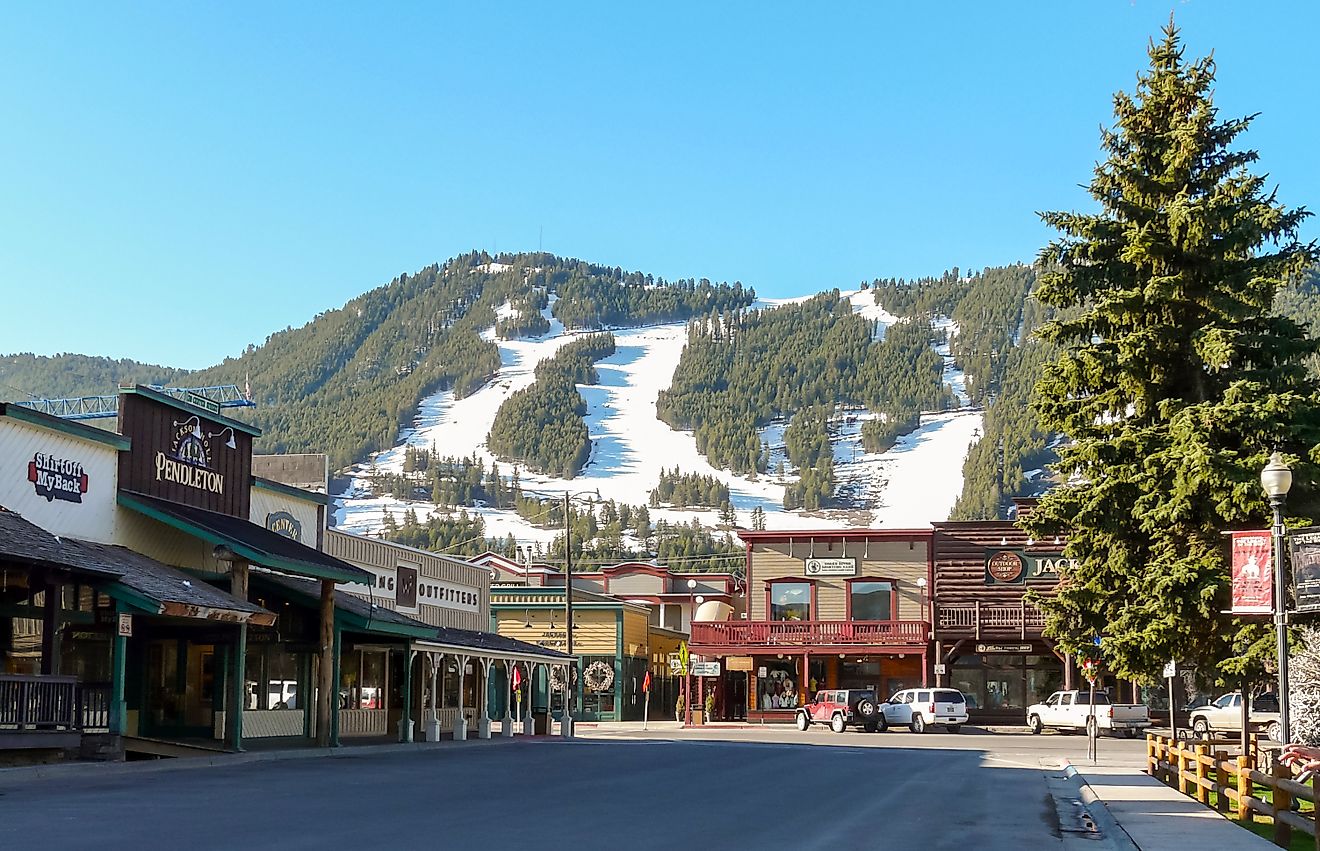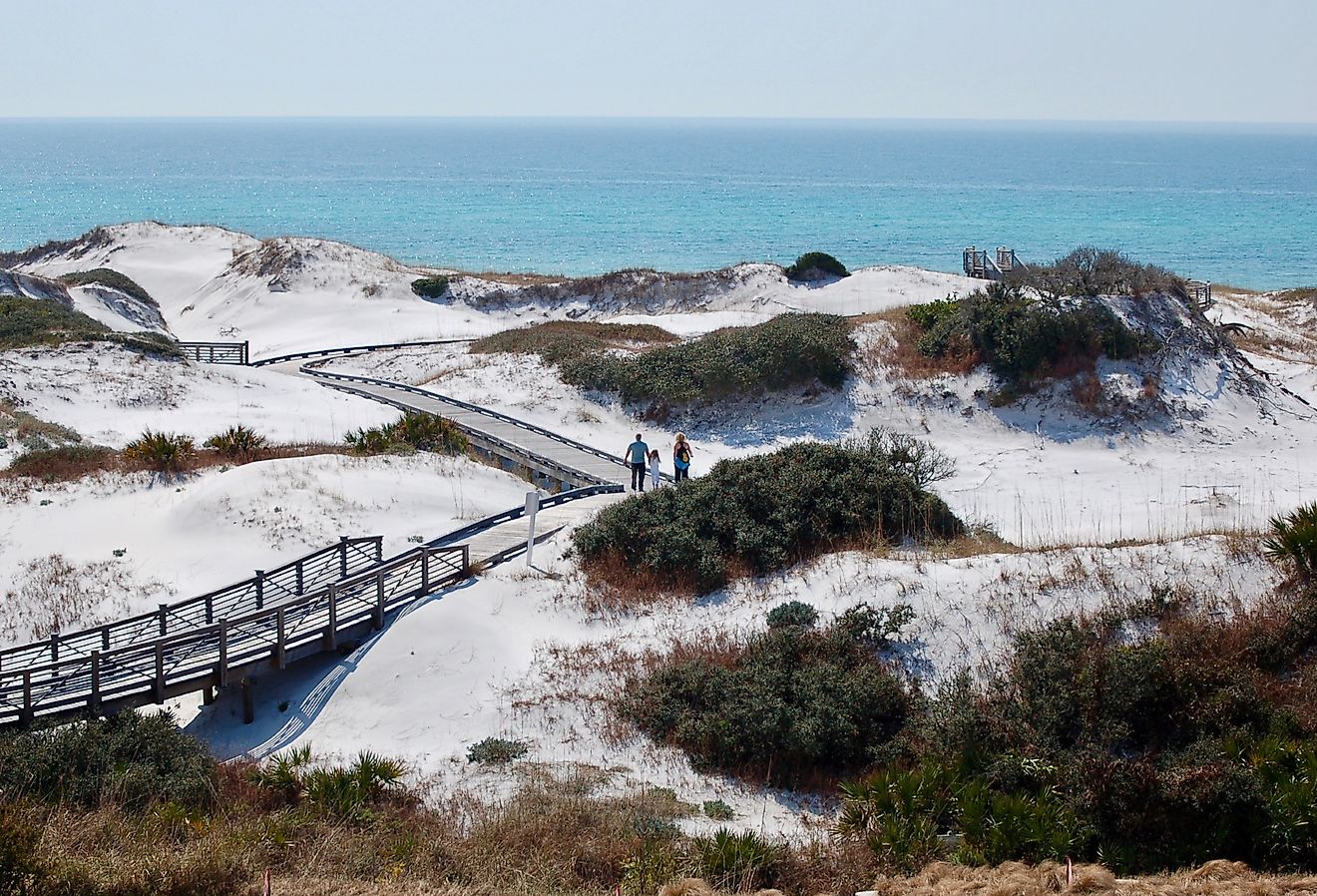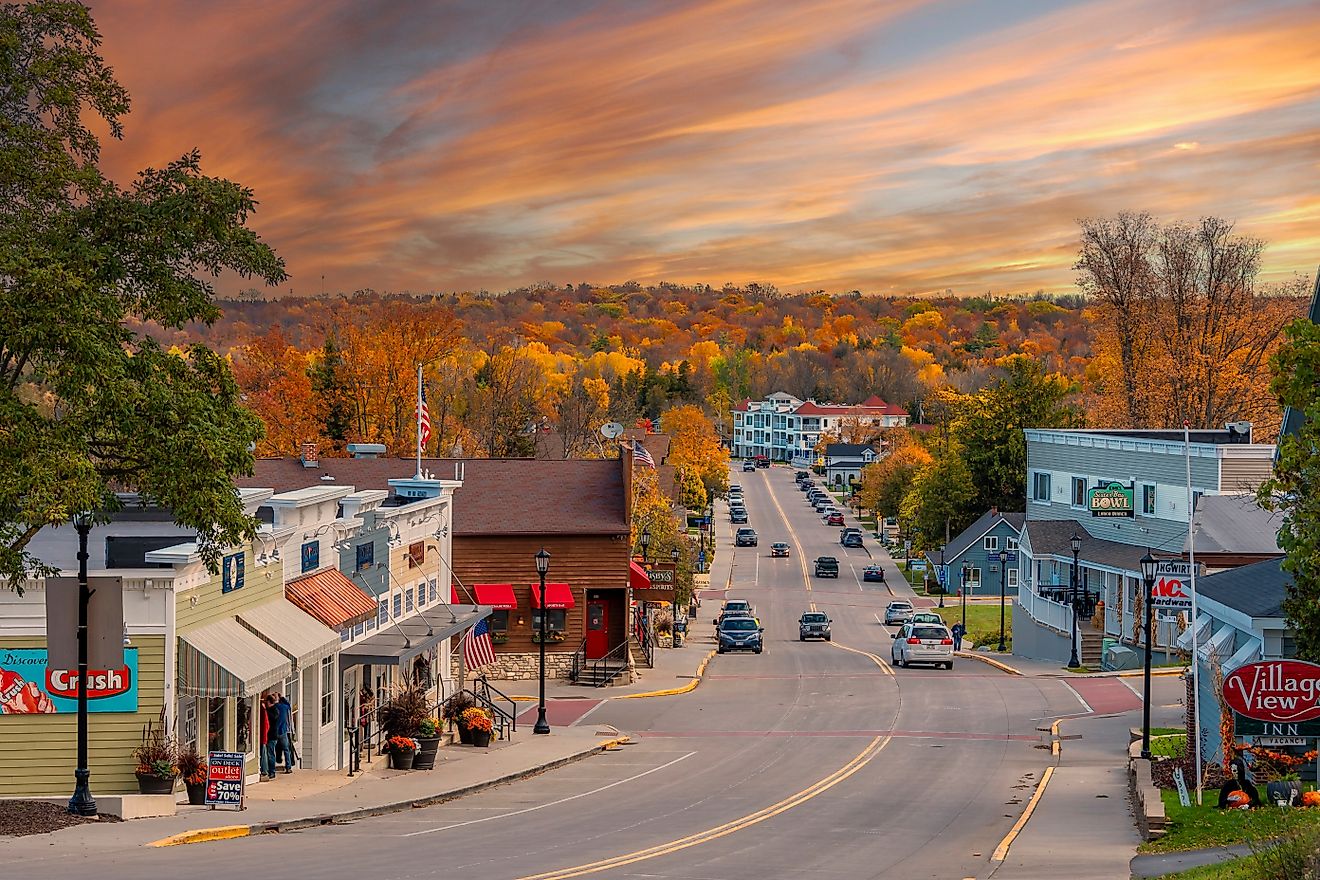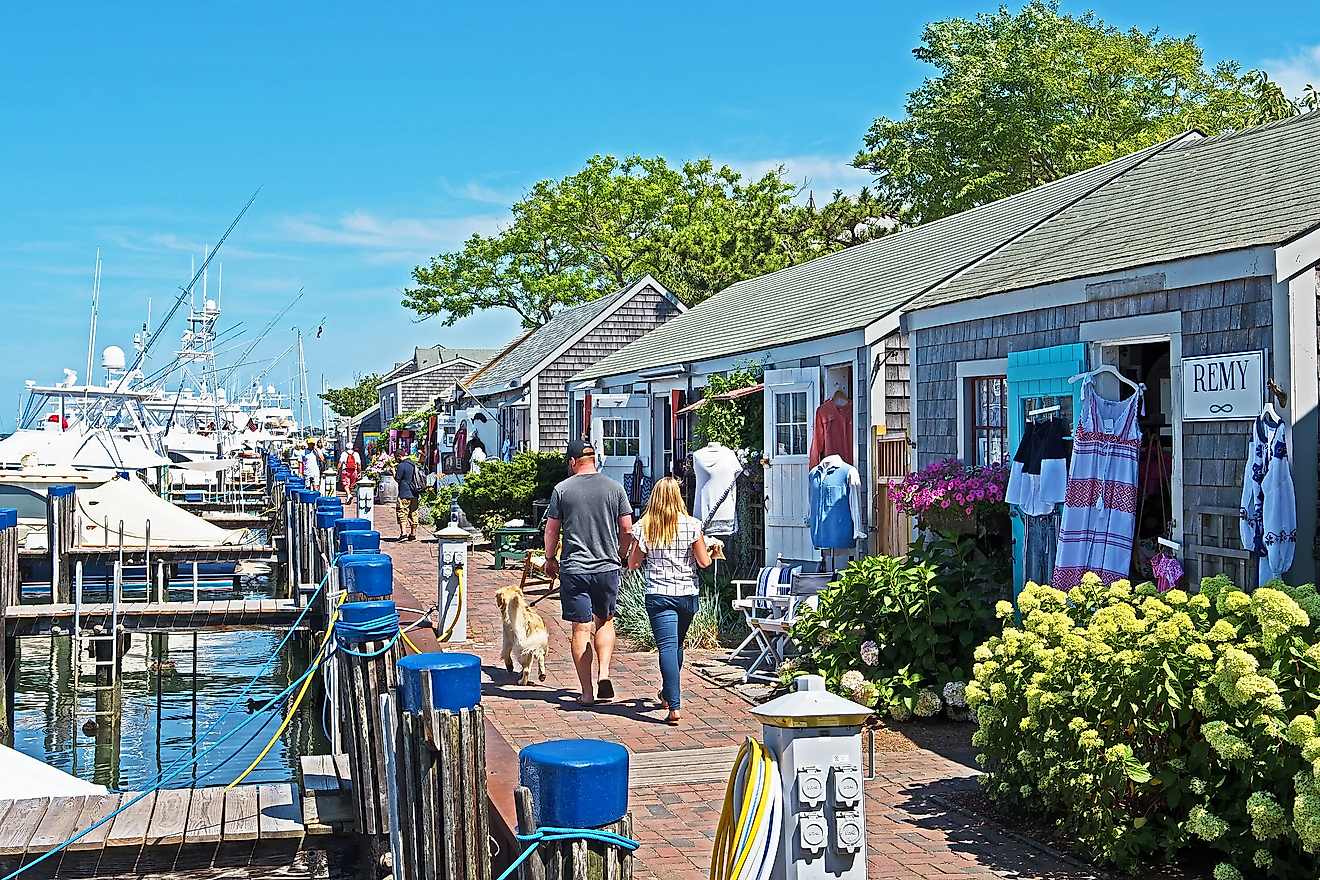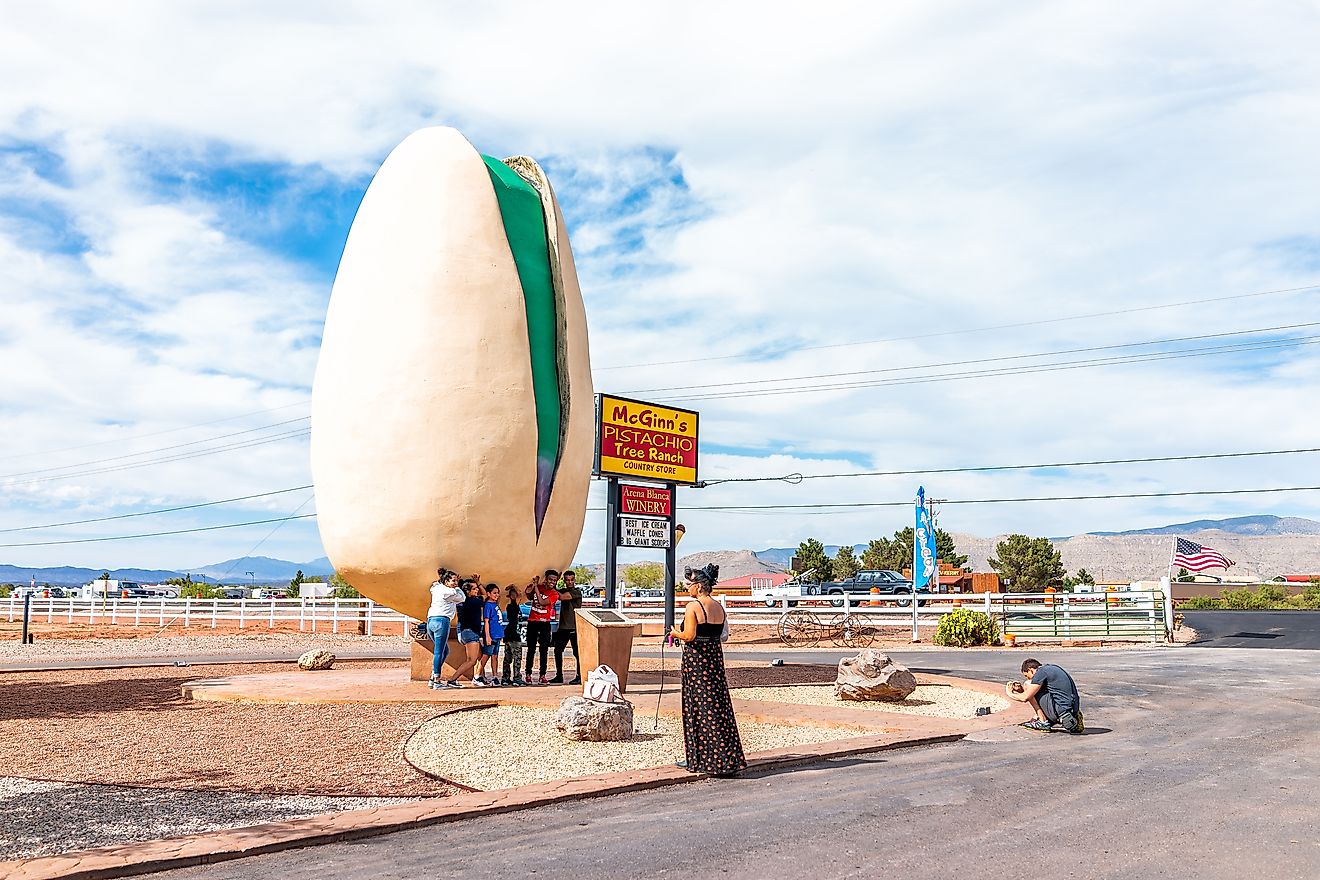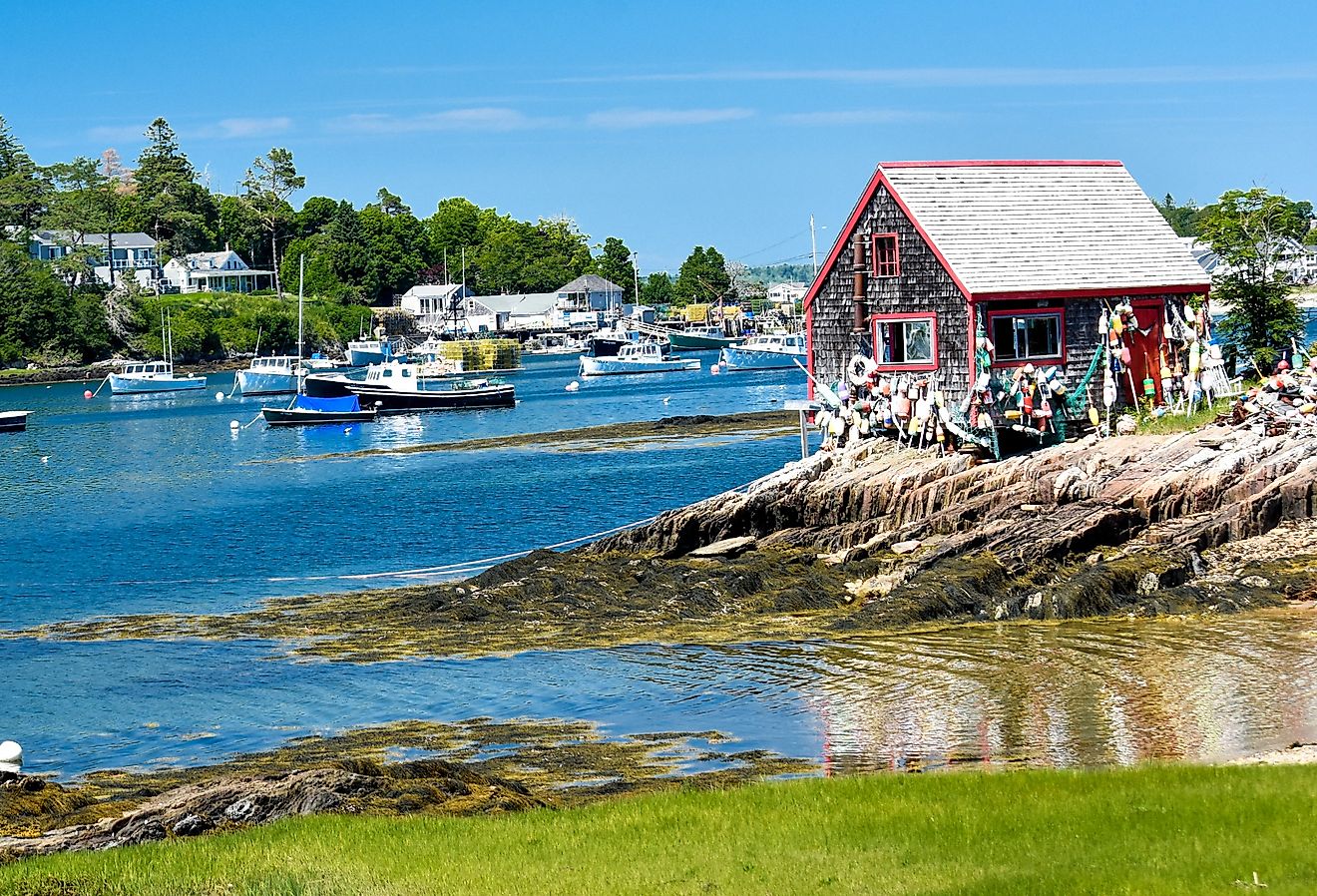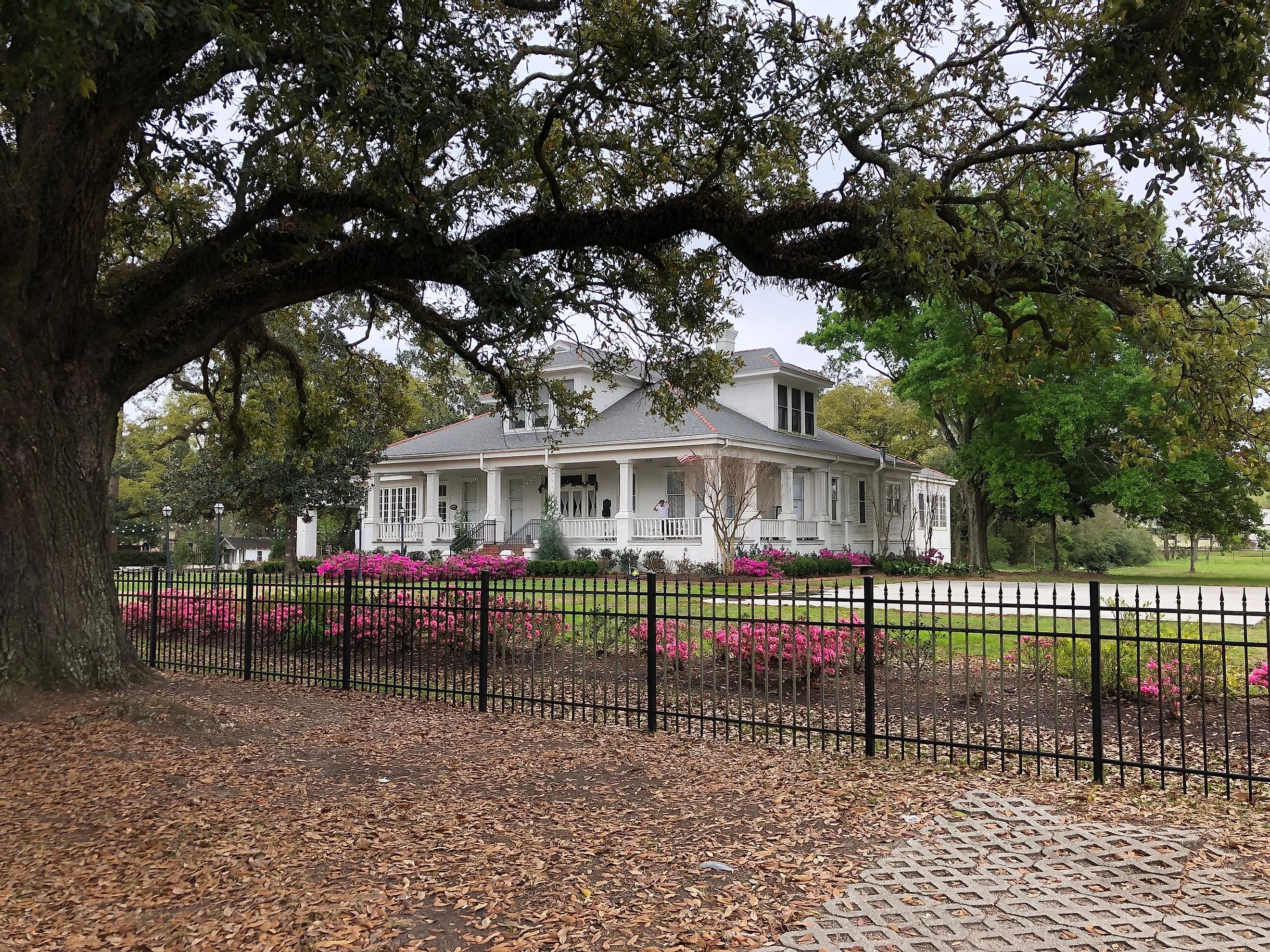
10 of the Most Quaint Small Towns in Louisiana
Louisiana is a coastal state in the Gulf of Mexico, in the eastern section of the deep south, bordering Mississippi and Texas to the East and West and Arkansas to the north. A state with virtually no mountains, Louisiana has a diverse landscape and ecosystem primarily categorized by forest pines and hardwoods, dry prairie grasslands, and the wet marshland region. In 1812, Louisiana became the 18th state to enter the union. Less than 50 years later, Louisiana would secede with the rest of the Confederate nation before the Civil War. Since reconstruction, Louisiana has kept some of the tangible antiquity of French, Spanish, British, African, and French-Canadian settlements.
These ten quaint towns in Louisiana are spread across the state, most close to large municipalities like New Orleans, Baton Rouge, and Lafayette. Almost every town nods to the wrought iron designs like those in the French Quarter. Donaldsonville and Mandeville preserve African American history; there are tranquil bodies of water like False River and Ouachita River. Broussard shares the unique history of Cajun and Creole people, while Crowley and Slidell have excellent eateries to survey the cultural influence on the cuisine.
Broussard
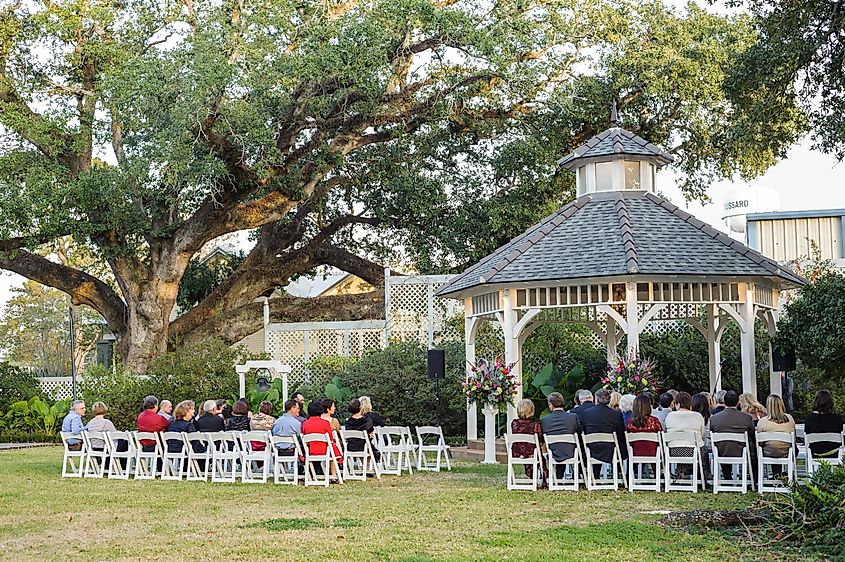
A quick 15-minute drive southeast from Lafayette, Broussard is a laid-back blend mixing modern American culture in the heart of Cajun Country. 14% of the 14,000 residents speak French. A great town for families, with some 300 businesses, a zoo, and a state-of-the-art sports complex, Broussard imparts the influence of Cajuns, the French fleeing the revolution, and the escaped slaves from the revolts in Santo Domingo and Haiti. Historic Downtown preserves the past while serving the new businesses and Broussard residents. Down on Mainstreet, a monument commemorating Joseph Broussard details the birth of Cajun culture in Louisiana. Joseph Broussard and his brother led an exiled group from Acadia, Nova Scotia, to Louisiana, where the lineage of Acadians would later become the Cajuns. Direct descendant and prominent merchant Valsin Broussard settled in downtown Broussard in 1876.
Broussard citizens rode in horse-drawn buggies and enjoyed the commerce enhanced by a large sugar plantation during early settlement. The lasting impact results in quaint southern living among late Victorian and late Italianate frames synonymous with the turn of the 1900s. Contemporary additions, like the Broussard Sports Complex at St. Julien Park, keep the town active. Supporting youth sports like soccer, flag football, baseball, and softball. Also, eight tennis courts, adult Softball fields with artificial turf, and a batting cage. Casual nature enthusiasts can explore the walking trails guarded by oak trees with tranquil ponds to relax on cloudy fall days, a standard characteristic of Broussard's weather.
Abbeville
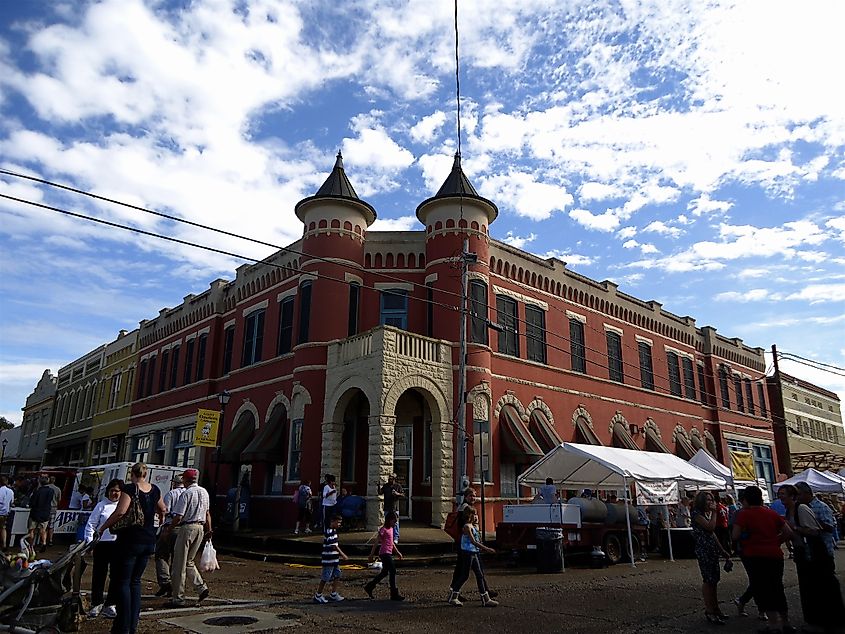
Abbeville in Vermillion Parish is 25 miles South of Lafayette. A charming small town with a colorful main street and history set on the alluvial plains of the Vermillion River. Deep French roots reach back to the foundation of the settlement in 1843 by missionary Père Antoine Desiré Megrét, who named the village after his hometown in France. Abbeville exudes a serene atmosphere, mixing early Nova Scotian settlers and Catholic influence with the oystering culture.
Abbeville Cultural and Historical Alliance, housed in the welcoming cream brick building, has historical artifacts and information on Vermillion Parish. Also, a series of rotating art exhibits, like Swamp Spirits, this October through December. Coinciding with the annual Giant Omelette Festival in November, the Cultural and Historical Alliance's permanent exhibit has memorabilia and photographs to excite visitors about the 5,000 egg omelet event hosted just across the street in Magdalen Square. More of Abbeville's history and culture is a short walk up Père Megrét Street. St. Mary Magdalen Catholic Church stands in the original location of Abbeville's inaugural place of worship, which burned down in 1854. An equally impressive interior to the classic Revival exterior tempting Southern gothic sensibilities, St. Mary Magdalen Church's divine stained glass scenes and murals on the arched ceilings alone are worth the visit to Abbeville.
Crowley
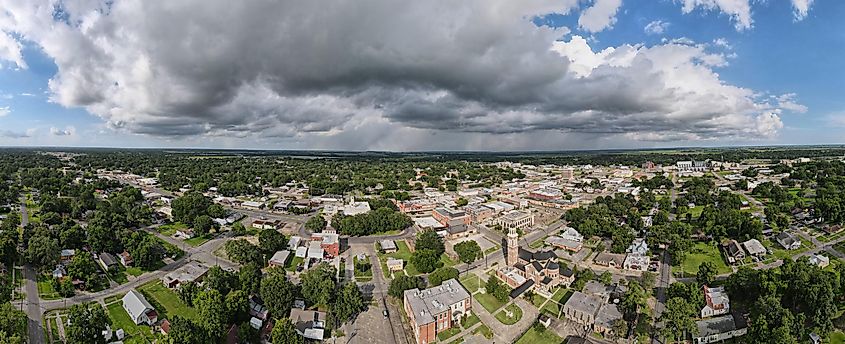
Crowley, Louisiana, is just over 30 minutes due west of Lafayette. Crowley is a part of the Cajun Prairie, a distinct ecosystem in southwest Louisiana compared to the dominant wetlands familiar to many tourist perceptions. Crowley rose to prominence for its prime agricultural location and production of rice, an essential ingredient to indigenous favorite dishes like Jambalaya, Gumbo, and Red Beans and Rice. The Vanilla Bean is the premiere coffee and cuisine spot to find the tastes of Louisiana on Crowley's historic main street. Weekly specials, soups, sandwiches, and seasonal beverages are a replenishing benefit of exploring downtown, Crowley.
Across the street from The Vanilla Bean, the dark red, three-story brick building with white features gives a historic look back to the United States industrial boom. Ford Motors designed and constructed the Crowley Motor Company building, contrasting the haunting Victorian homes and Creole shotgun houses off the main street. Today, the commanding brick structure is home to Crowley City Hall, the Ford Automotive Museum, J.D. Miller's Recording Studio Museum, and the Rice Interpretive Center, all exploring a different facet of Crowley's history.
Natchitoches
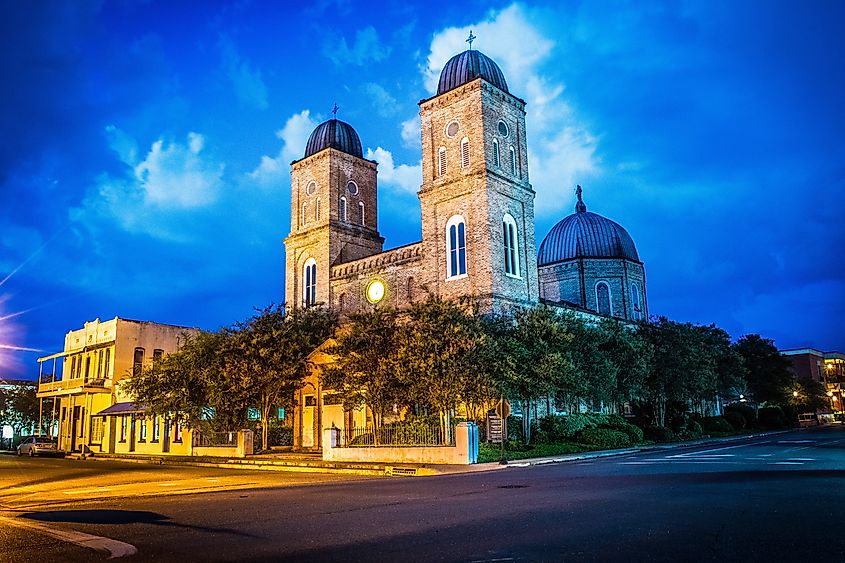
Natchitoches is less than an hour northwest of Louisiana's center in Alexandria and a haven for outdoor lovers. Louisiana's oldest city also boasts the influence of the mixing cultures found throughout the state. Fort St. Jean Baptiste State Historic Site is a full replica of the first European settlement in Louisiana; Louis Juchereaude de St. Dennis and a group of French explorers built the small forts on the banks of the meandering Cane River in 1714. The Wood Fort is the monument for the start of French influence on Louisiana, yet contrasts the rest of the 33-block historic landmark district. Victorian and Creole-style homes and businesses line the brick road, adding various crimson and pastel colors to the charming greens hanging off the trees.
Moving to the south end of town, Natchitoches National Fish Hatchery and Aquarium is Louisiana's only federal fish hatchery. Spawning and raising Channel Catfish and Largemouth Bass to ensure a healthy ecosystem and plentiful stock throughout the fisherman's paradise. The fish hatchery works extensively in restoring the Louisiana Pearlashell mussels, Gulf Striped Bass, and Alligator Snapping Turtles. Over 50 ponds and an aquarium with fresh and saltwater animals; the fish hatchery has some Alligators, but not nearly as many as Gator Country Alligator Park. The largest in the state, over 250 American Alligators call the site home. Visitors can get up close with baby gators, watch the larger ones feed, and learn about the ancient reptiles and other wildlife native to Louisiana.
New Roads
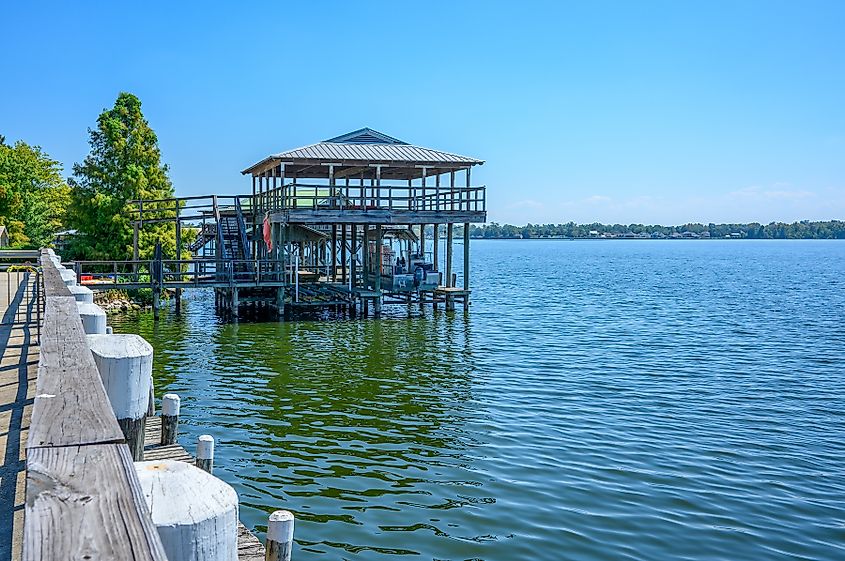
New Roads is a little town about 45 minutes away from Louisiana's Capital, Baton Rouge. Just off the Mississippi River, the 4.6 square miles of town surrounds the north shore and wide rounded end of the False River; named for the deceptive shape and size, False River is a 15-mile oxbow lake, originally a roaring section of the Mississippi before being isolated by the many shifts of the grand river's delta. False River is an excellent source of recreation for New Roads 4,383 residents and tourists. Strolling New Roads, visitors walk the same area as early French Explorers.
Le Poste de Pointe Coupée was the first French settlement in the Mississippi Valley. Spanish colonists later built a road between False River and the Mississippi River, birthing New Roads and the unique blend of French and Spanish influence. An agricultural hub since its establishment in 1822, farms outside of New Roads still harvest the rich soil that established the sugar cane and cotton plantations. New Roads eventually became a resort community after the turn of the 20th century. Known as Louisiana's "Little Carnival Capital," New Roads Mardi Gras traditions go back nearly 250 years, drawing thousands of visitors looking to enjoy lively crowds and vibrant parades without the bother of the big city bustle.
Donaldsonville
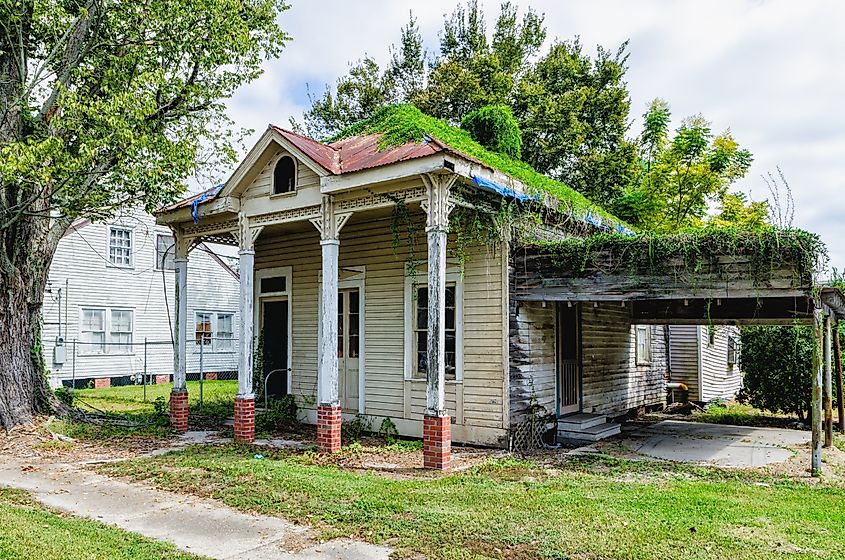
Mixing the central Louisiana prairie farmland and the marshy wetlands that construct the state's southern portion, Donaldsonville is 45 minutes southeast of Baton Rouge and just over an hour west of New Orleans. It is one of many towns proud of its culinary contributions and historic main street designed for singles, retirees, artists, and musicians alike. A collection of antebellum buildings fills between traditional Creole homes and an abundance of green spaces with Spanish Moss dangling off live oak trees. Donaldsonville's tranquil atmosphere drew political interest in the early 1800s; free from the noise in New Orleans, Donaldsonville was designated the state capital in 1830 before settling in Big Baton Rouge.
There are many opportunities to connect with the diverse history and cultural influence that created the quaint streets of Donaldsonville. River Road African American Museum exposes the realities of slavery in the area and throughout America with tangible exhibits. Actual records of free people of color and slave inventories add empirical context to the visual biking tour. Guided by the River Road Museum, the 1.5-hour tour illustrates the history of black people through current-day Donaldsonville. Learn about the African influence on Louisiana cuisine at the museum, then experience it at the Grapevine Cafe and Gallery. Blending African, Creole, and Cajun cuisine in a 1920s brick structure now adorning paintings from local artists.
West Monroe
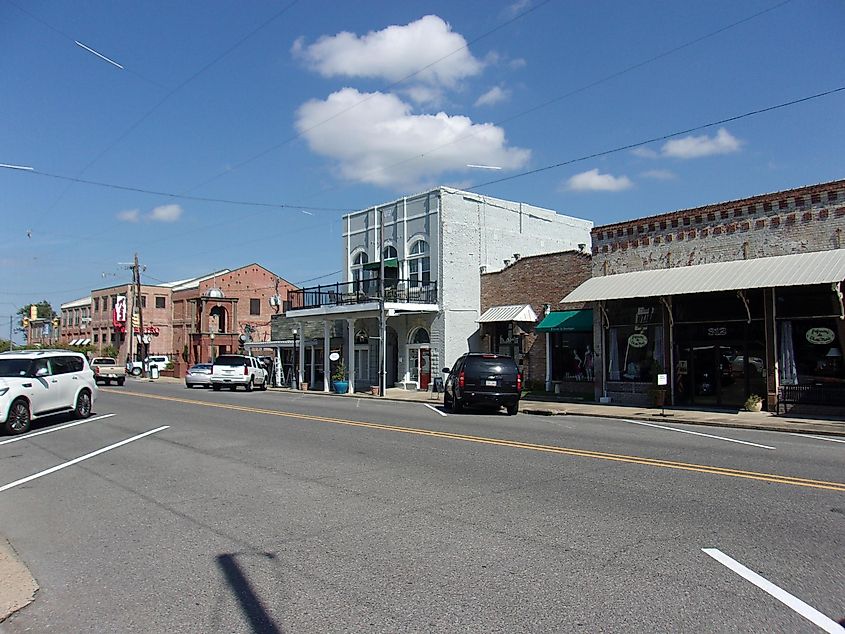
West Monroe is the smaller of northern Louisiana's twin cities, separated from Monroe by the Ouachita River. Shreveport is nearly 100 miles west, and Jackson, Mississippi, is 125 miles to the east, making the sister cities the virtual meeting point. West Monroe offers adorable antique shops and nationally recognized fishing spots to balance the big commerce in neighboring Monroe. Perhaps most notably in recent years, West Monroe was the setting for the A&E reality series Duck Dynasty, following the Duck Commander family business. At the show's peak, episodes averaged 9.4 million viewers watching the production of Duck Calls, Family Matters, and the seemingly endless natural beauty around West Monroe. Ouachita River reflects one of the state's many nicknames, "Sportsman's Paradise". The river section that splits Monroe in two is excellent water to fish for Bass. That is, if the channel is not hosting a tournament. ESPN makes sport of the tranquil pastime; October through March, Smallmouth and Spotted Bass are bountiful, but fishermen should look to get an early start as the angling spots are highly sought.
In the heart of West Monroe, Cotton Port Historic District is a required visit for any antique buyer or dealer. A vivid collection of boutique businesses welcomes tourists in an area of town that struggled following settlement. Financial turmoil forced many of West Monroe's trailblazers to admit defeat until the rail bridge crossed the Ouachita, breathing new life into the town. Originally named Cotton Port for its production and superior location, the early settlement of West Monroe is memorialized in the historic district. Antique Alley is a community section in the preserved and refurbished Colonial Revival buildings. Over twenty antique and clothing shops create a Wild West scene that meets Southern living.
Mandeville
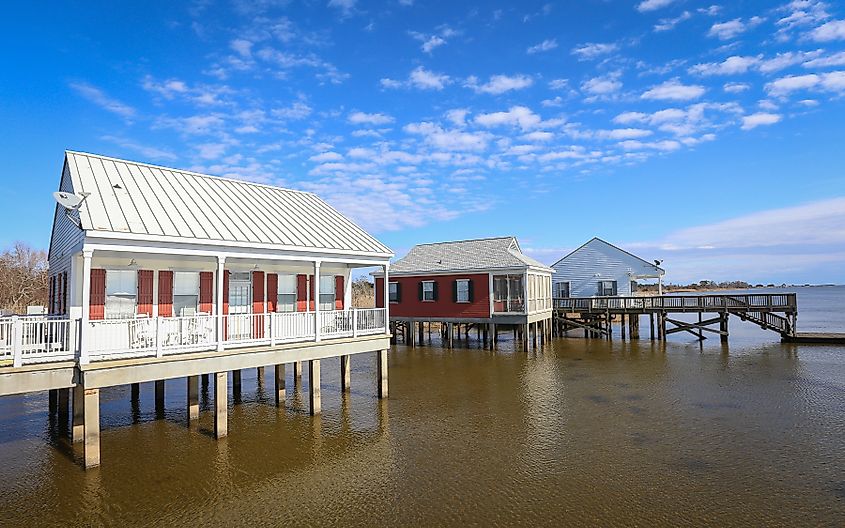
Mandeville is on the north shore of Lake Pontchartrain, 24 miles north of New Orleans. The Causeway Bridge is an engineering marvel constructed in the 1950s to connect southeastern Louisiana with Lake Pontchartrain's north shore and beyond. Mandeville's rich culture connected to the Big Easy goes back much further. Founded by the grandson of the Marigny de Mandeville family, who influenced the development of New Orleans, Mandeville began as a lakeside summer resort for wealthy citizens from the south shore. Still, the town thrives as a haven to unwind from the buzzing New Orleans metropolis. Fontainebleau State Park is a gorgeous lake beach with unobstructed views of the horizon transporting visitors to the coast. Trails navigating the park take hikers and bikers over and through the tall swamp grass, shaded by ancient oak trees.
Fontainebleau State Park is the grounds of the original sugar mill and plantation started by town founder Bernard de Marigny de Mandeville, naming the natural estate after a forest near Paris. The plantation once saw great economic benefits from the utilization of slave labor. The atrocities of African Americans are a heavy section of American History, particularly for the southern states. However, Dew Drop Jazz and Social Hall illustrates Black Americans' robust resilience and innovative culture after the Civil War. Built in 1895, the underwhelming structure is arguably the oldest unaltered jazz dance hall, coinciding with the birth of jazz in New Orleans, where the iconic music style is largely attributed. Jazz legends, the likes of Louis Armstrong, have passed through the historic hall. Holding at least twelve performances yearly and a museum detailing more than 100 years of history, visitors say they can still feel players' spirits from the 1920s jazz explosion.
Slidell
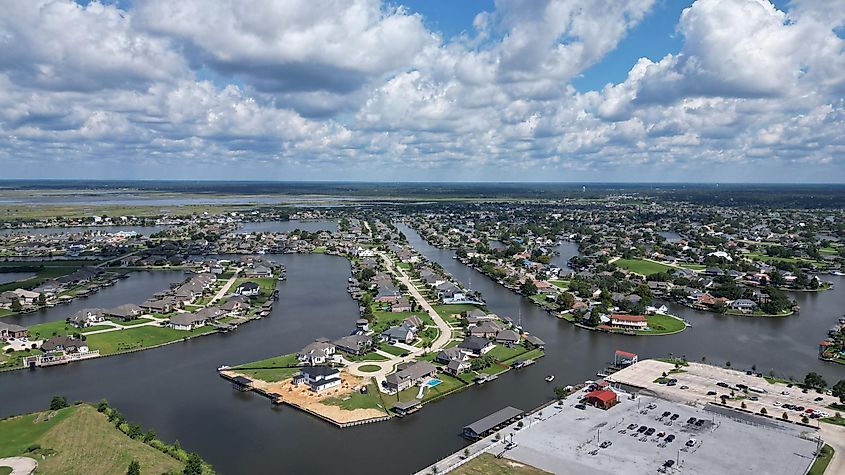
Fontainebleau State Park in Mandeville connects with Big Branch Marsh National Wildlife Refuge, stretching the rest of the 20-mile shoreline to Slidell. Almost identical to the cultural landscape of New Orleans, Slidell sits at the end of Lake Pontchartrain, beginning the march of the marsh towards the Gulf of Mexico. Big Branch Marsh National Wildlife Refuge promotes much of the Gulf's impressive ecosystem with bald cypress trees towering out of the brackish marsh and freshwater. Slidell's Heritage Park is nestled around a sharp curve on Bayou Bonfouca with a playground for children and a marina for boaters; it offers relaxing water fun for the whole family.
Slidell's Olde Towne is across the train tracks and over Front Street from Bayou Bonfouca. Classic and modern business buildings beckon the many distinct designs found across neighborhoods in New Orleans. Olde Towne Pizza offers a solid pie in a warm brick structure. A casual place to share your favorite appetizers like garlic knots and cheese bread or a pitcher of beer with friends. Restaurant Coté brings a classy tone to enjoy traditional Louisiana cuisine like gumbo du jour and oyster rustica. It is a great place to enjoy live music and a finely crafted cocktail from the solid oak bar. The Venue, a modern luxury event space across the street, hides in a subtle storefront with opaque windows. The dynamic reception hall and unique garden with a massive oak tree is a great place for employees to congregate during a work party or for brides and grooms to have their dream wedding in a quaint small town.
Covington
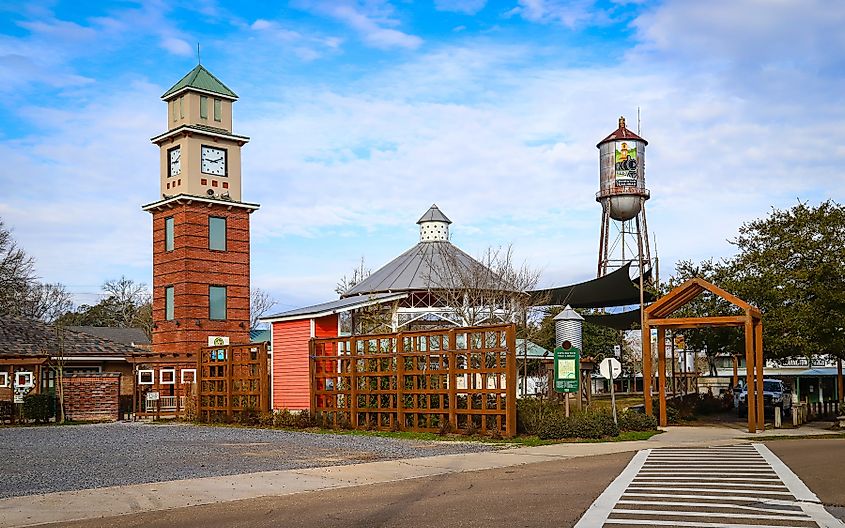
Covington is further inland from Mandeville, a full hour north of New Orleans. It is caught between the flush marshy domain familiar to the Mississippi Delta and the rolling pine landscape to the north. Covington gains from the unique cultural impact of French-Catholic history in the south and Anglo-Protestant attitudes from up the Mississippi River. Carnival in Covington, the town's Mardi Gras celebration, demonstrates the diverse heritage best. Parade floats, marching musicians, and food vendors fill the streets every Fat Tuesday. Other annual festivals include Sparks in the Park- Covington's Fourth of July celebration. Also, the Three Rivers Art Festival attracts over 200 artists and 60,000 visitors each November. Covington is an elegant town to engage with the evergreen landscape of Louisiana, even without the festivities.
Lake Ramsay Preserve is 20 minutes northwest of Covington's downtown district. Primarily protecting the pine flatwood wetlands and attributing wildlife to the area. Home to two threatened species of Sparrow-Bachman's and Henslow- twenty rare plant species, Carnivorous Pitcher Plants, and an informative boardwalk surrounded by longleaf pine trees. Covington visitors looking for water activities in town can visit Bogue Falaya Wayside Park, a hardwood playground fortress. Nearby Columbia Street landing fills with fallen leaves in the short autumn months. Both parks look over Bogue Falaya, eventually meeting the Tchefuncte River, a tributary of Lake Pontchartrain.
Celebrating Louisiana's Quaint Towns
Louisiana is a state unmatched across America. The ecosystem provided by the Gulf of Mexico combined with the powerful Mississippi River makes exploring the small towns of Louisiana filled with activities, Historic districts, Mardi Gras celebrations, and no shortage of beautiful waterways to hunt and fish or watch the wildlife. The influences from the wide array of cultures that inhabited Louisiana are inescapable in these ten quaint small towns. It is even baked into the food, from the history to the architecture.
